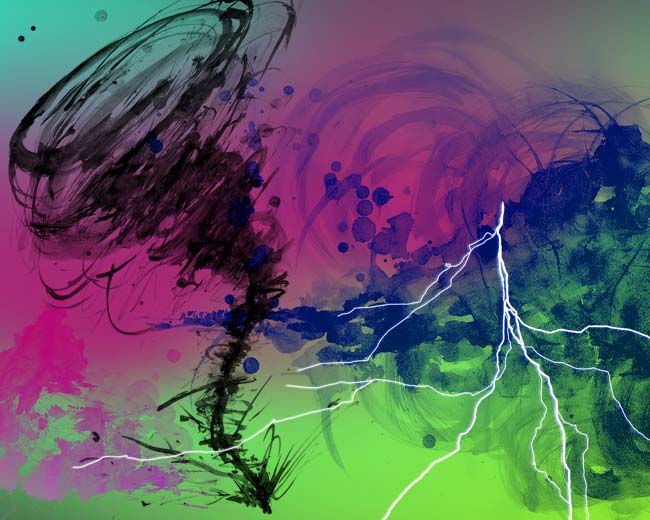Earthquakes
Seismologists estimate that there are 500,000 earthquakes worldwide each year. Although only one-fifth of these are strong enough to be felt and only 100 cause damage, the tremendous devastation caused by seismic activity costs billions of dollars of damage and hundreds of lives. Nearly 80% of all earthquakes occur along the densely populated, volcanically-active Pacific Rim.
The San Andreas Fault Zone
The most famous seismic area in the U.S. is the San Andreas Fault Zone where the North American and Pacific tectonic plates touch as seen in this illustration of the fault near Los Angeles. If rocks stuck between the plates break or slip, the released energy produces seismic waves felt along the surface of the ground. The point directly above ground from where the rock breaks is the epicenter of the earthquake.
Measuring the Severity of an Earthquake
Richter Scale
Charles Richter, a seismologist at Caltech, published his earthquake measurement scale in 1935. The scale measures the strength or magnitude of an earthquake using a logarithmic formula based on seismographic readings and the seismograph’s distance from an earthquake. The Richter Scale ranks earthquake magnitude on a scale of whole numbers and fractions from 1 to 10.

